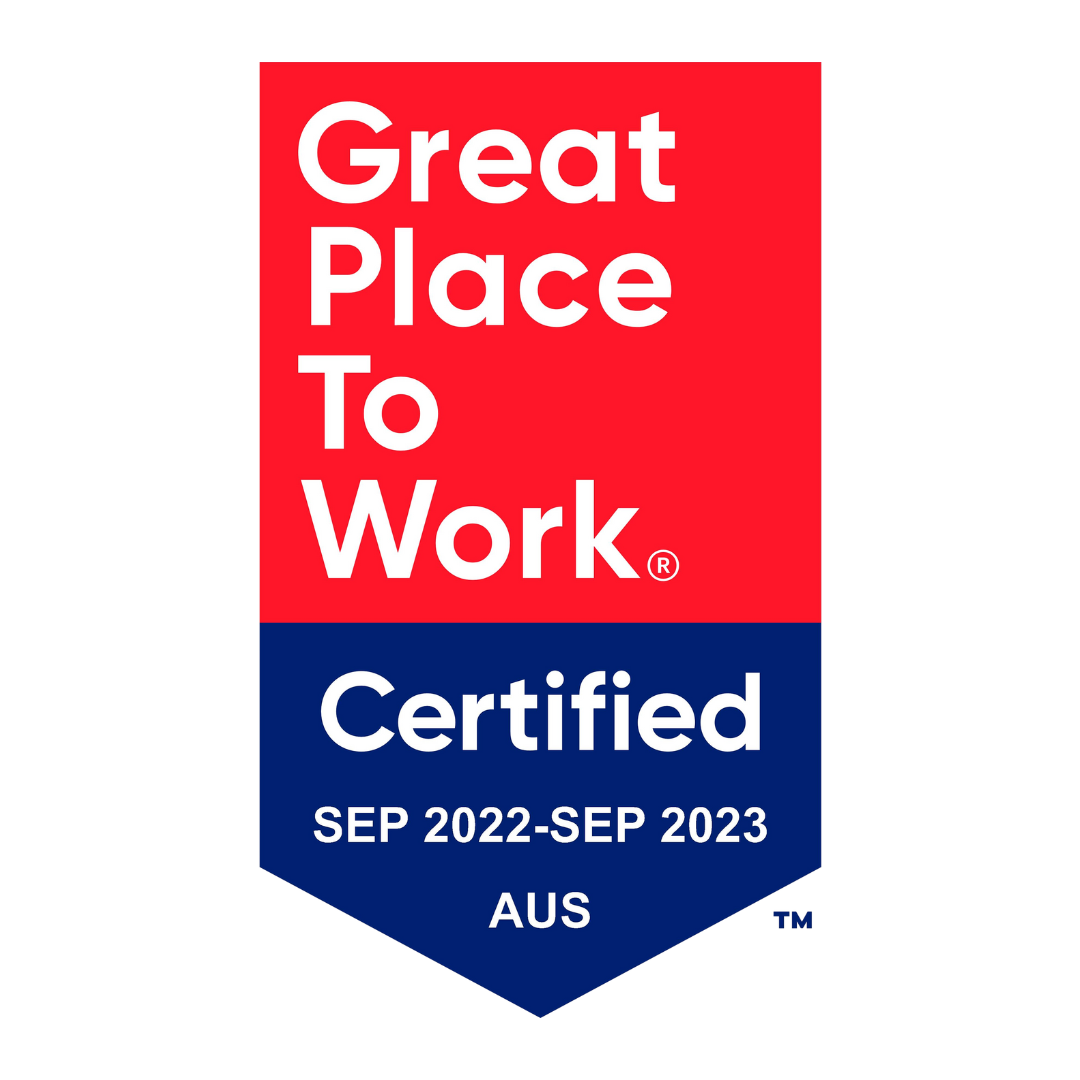How to switch off over your break
Switching off from work can be difficult over a break. This applies especially to those in leadership positions who constantly have to be switched on in their daily work life both in and out of the office. For many, taking home work is easier than leaving it in the workplace.
But holidays are necessary and are for people to rest, recharge and come back refreshed and ready to go. This purpose isn’t always fulfilled if you drive yourself mad about all the work you could be getting done! Plus, wouldn’t it be nice to wind down and get some quality time with your family, your partner or even just yourself.
Here are some helpful tips that may help you calm down those work-related thoughts.
Communicate with those working through your break
Prepare the people you work with for you being away. Be communicative about what will help ease your stresses by delegating appropriate tasks to the right people. Set boundaries around how to contact you while you are on break, ensuring to only be accessible for extremely urgent matters. Communicate in such a way that empowers the people who will be helping you out. You don’t need to stress or feel guilty for being away, you’ll be able to help in the same way when your colleagues need to take some time off.
Sometimes, over a seasonal break such as Christmas, delegating can be made hard, as most of the team is away. In this case, it should be easier to relax! It’s a shutdown period, only urgent matters will need to be addressed. And fear not, most of the time there are at least a few people who do come into the office over the break who can probably handle your concerns.

Be as productive as possible leading up to your break
To ensure you are free of loose ends that can weigh you down, complete as much as you can before your holiday begins. This means cleaning up your inbox, setting up an automatic reply, completing project milestones, preparing work that might have a due date while you are away and again delegating any tasks that can’t be complete before you leave. When you know you’ve done as much as you can to date, you will feel less stressed about leaving work and readier to take a break.

It’s okay to say no
On your last day before you the break, if someone asks you for a favour or a task that you know cannot be complete in the timeframe they’re asking, it’s okay to say no. Never create a bigger workload for yourself at a time where you are supposed to be winding down. This will make it harder to relax while away. You may feel guilty to say no, but you are entitled to your time off and that means you can’t always say yes. An example response would be: ‘I’m sorry about this but I’ll be away after today, in my absence you can speak to X about this, did you need their phone or email?’.

Reduce mobile usage and avoid computers if you can
When on break, aim to cut down your mobile usage. Unless needed for alternative communications try to only check your email in the evening (if you must) after you’ve had quality time throughout the day. Since most things are available via mobile, avoid computer screens as this is just an instant reminder of being at a desk.

Be more present
Mediation isn’t for everyone, but it can be. Take ten minutes of each morning on your holiday, use this time to remind yourself where you are, what you can feel, what you can hear, what you can smell. Spend some of those ten minutes appreciating your situation. This short meditation doesn’t have to be done cross-legged sitting on the floor. You just have to be still. If you really think it might waste time, try this short meditation in the shower. Doing this at the start of your day can really set you up to think about being in the moment and not stressing about the past or the future.

Enjoy yourself
Do the things you like. Enjoy your time. Capture memories. Don’t miss out on some time off by thinking about work. You will only end up becoming frustrated with your work and workplace. They are enabling you to be on this holiday, so let yourself enjoy it.























